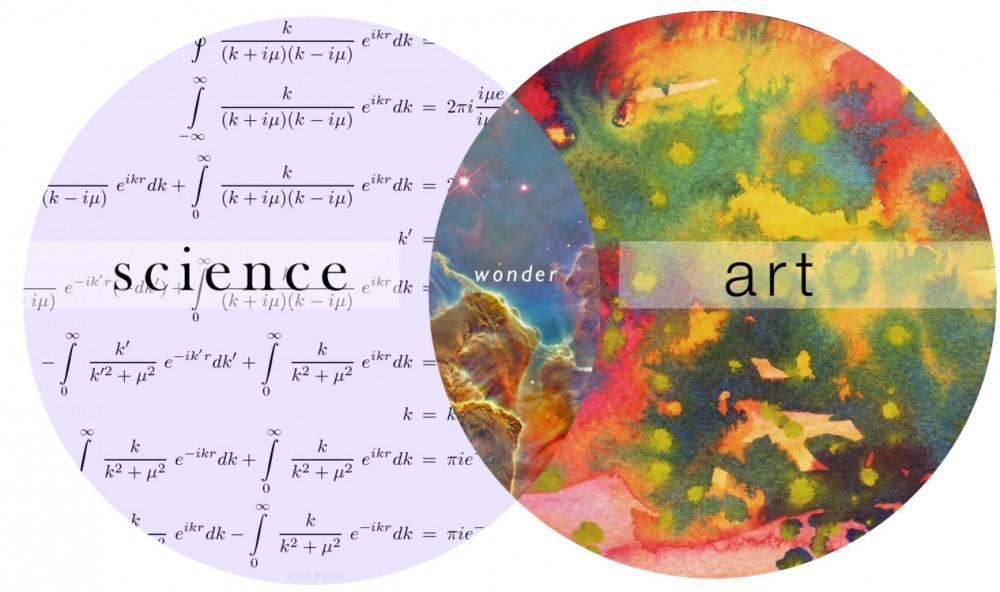Imagine two doors connected by a corridor, with each door leading to a different room. Now, imagine the corridor is a conduit through space-time, and the rooms are completely distinct where’s and when’s. This is called a wormhole.

In 1936, Albert Einstein and his colleague Nathan Rosen published a paper about the possibility of wormholes which, in theory, could connect two or more different universes. Although wormholes only exist hypothetically and cannot be observed, they are mathematically proven to be able to occur in nature.
Incidentally, wormholes also occur in literature. In 1871, Lewis Carroll published Through the Looking Glass, a story (later adapted to Alice in Wonderland) about a girl who steps through her mirror and enters a different world. In 1950, C.S. Lewis introduced the literary world to The Lion, the Witch, and the Wardrobe, in which the characters find a hidden portal to Narnia in an unexpected place. In 1930, Frank L. Baum‘s Wonderful Wizard of Oz hurled an unassuming Dorothy over the rainbow. What exactly did her house pass through en route to Oz? Was it really a tornado, or was it a manipulation of gravity that allowed her to traverse space-time–a wormhole?
Perhaps unwittingly, these authors uncovered an astronomical secret in the process of inventing a literary device to transport their characters. What’s interesting is that in the case of Baum and Carroll, their stories were published well before Einstein and Rosen’s theory was. Did Einstein read Carroll? Did C.S. Lewis study relativity? There’s no way to know for sure, but the idea of wormholes–or enchanted mirrors, wardrobes, or tornadoes–seem to be rooted in the imagination of scientists and artists alike.

Lewis Carroll’s Through the Looking Glass

C.S. Lewis’ The Lion, the Witch, and the Wardrobe

Wizard of Oz tornado
Here’s a helpful video from the History Channel to illustrate how wormholes and black holes work:
[youtube http://youtu.be/HbwvTBaLLqo]
Wormholes are a popular point of discussion in science, but they still remain a cosmic mystery. From what we know of wormholes, it would not be possible for anything to traverse one without it collapsing into itself. There is still much left to be learned of this phenomena, and it still may be quite some time before we unlock the secrets of interstellar travel (if there is one at all).
For more examples of wormholes in fiction, see here.
